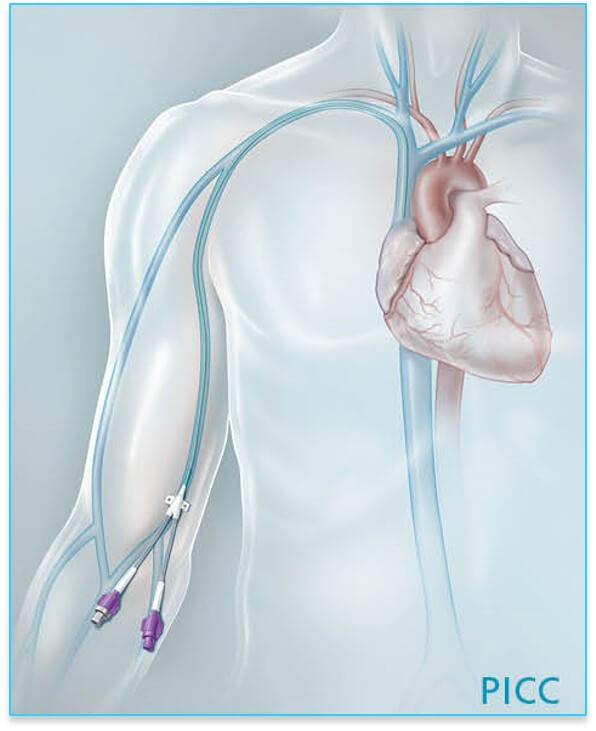Case Report of a Left-sided Superior Vena Cava Causing Unique Positioning of Central Line
Introduction: Persistent left-sided superior vena cava is a rare congenital venous malformation. While often clinically asymptomatic, these variations in normal anatomy may give rise to complications with central venous catheter placement. Case Report: We present a case of a 71-year-old male who presented to the emergency department with sepsis of unknown etiology. A right-sided central […]









